Next month, an ultra-rare Ferrari 290 MM is expected to set a new world record for the most expensive car ever auctioned, with prices estimated to go as high as £24 million.
Due to be auctioned via RM Sothebys in early December, the 290 MM is one of only four ever built and was raced by Juan Manuel Fangio, legendary five-time Formula One World Champion and regarded by many as the greatest F1 driver in history.
Such an amazing backstory also serves as a warning to others hoping that the old car gathering dust in their garage will one day be worth millions: classic cars are rarely ever a good investment.
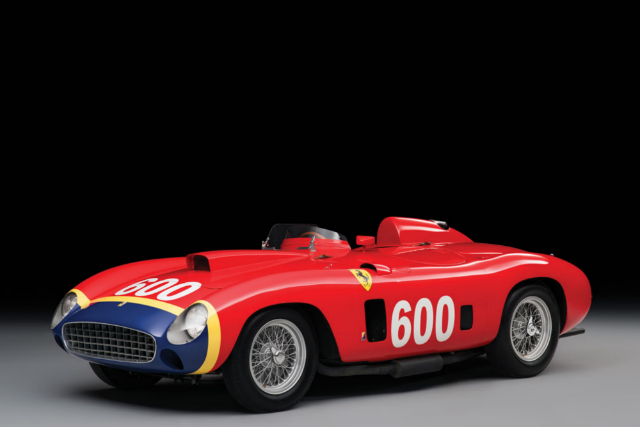
In fact, the opposite is more often than not the truth; historic cars are usually some of the worst investment opportunities than any investor can make. Sorry if you own one.
The 290 MM is an exception. Of all vintage cars that go under the hammer, only around three per cent are actually sold, and these are usually restricted to the best of the best. Expecting your old car to get sold is like watching a YouTube montage of holes-in-one and thinking you know everything about golf.
Also, while many expect that the older a car is, the more it accumulates value, in reality the values of vintage cars often stay stable. A car that wasn’t worth very much ten years ago probably still isn’t worth very much, excusing a few rare exceptions.
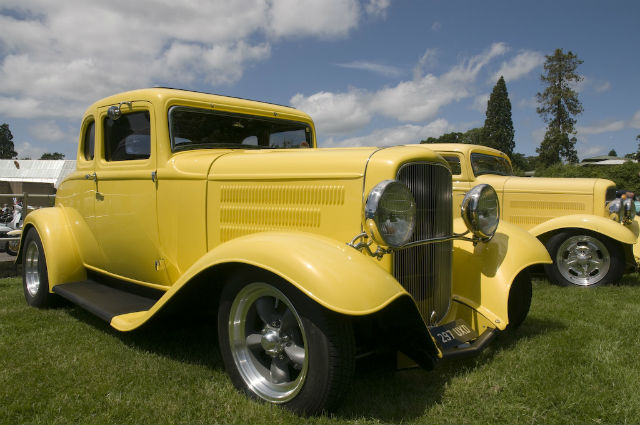
Some buyers invest in classic cars for the same reason than many invest in artwork, because they believe that physical assets are in some way recession-proof. Again, while this might be true for something like the Mona Lisa, for motor vehicles it simply isn’t, no matter what your local exotic car dealer tells you.
During the 2008 downturn, the value of blue-chip collectibles like old cars slid by 19 per cent, according to Hagerty Insurance, which tracks the values of various old rides. Some cars did worse than others, with vintage Ferraris plummeting a worrying 25 per cent in value.
Post-recession, the rebound was swift, and a lot of vintage car gurus believe that the run-up in prices since means that the market is now in the best spot it’s been for years. Leave it to Hagerty to pour cold water on that notion, with data showing that it’s actually dropped nine per cent in the last year.
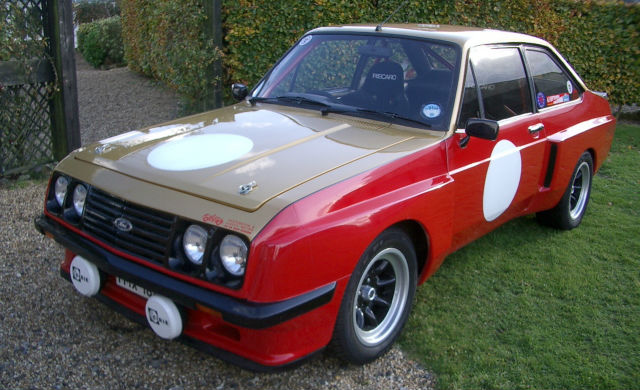
Rick Drewery, senior claims specialist for collector cars at the American Modern Insurance Group, notes that many auctions these days are attracting investors who know absolutely nothing about cars, and apparently absolutely nothing about how to spend their money either.
“I’m starting to see cars that weren’t ever that good go up in value,” he says. “For the longest time, they were throw-aways.”
Here’s the uncomfortable truth: to most people, classic cars can be just kind of awful, at least relatively speaking. For collectors and enthusiasts, they’re moving time capsules; marvels of engineering with swoon-worthy looks from an era where pedestrian crash safety just didn’t matter.
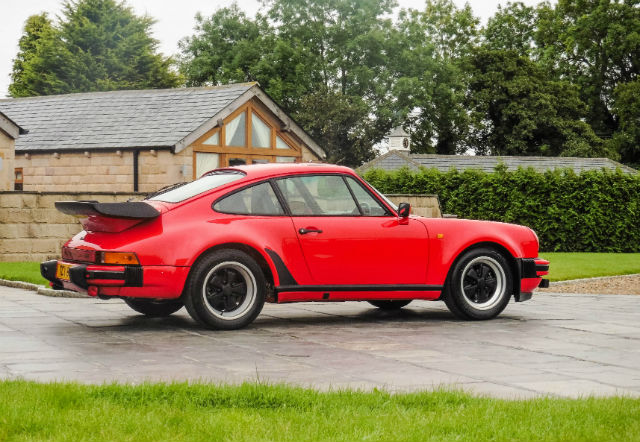
Still, most people aren’t collectors or enthusiasts, and in this day and age, less and less people are starting to care. Nobody would race a 50-year old bicycle or do their taxes on a typewriter, and soon very few people will be interested in old classics.
Particularly millennials, who are more preoccupied with the forward march of technology than glancing back, would much rather have a new Ford Focus kitted out with as many screens as they can get than a Mercedes 680S Torpedo.
Still, if there’s absolutely nothing that will change your mind from investing in a classic car, at least make sure that you go for German and Italian brands. American cars and British classics, like old Escorts, are hot at the moment, but the problem is that fads tend to crash harder.
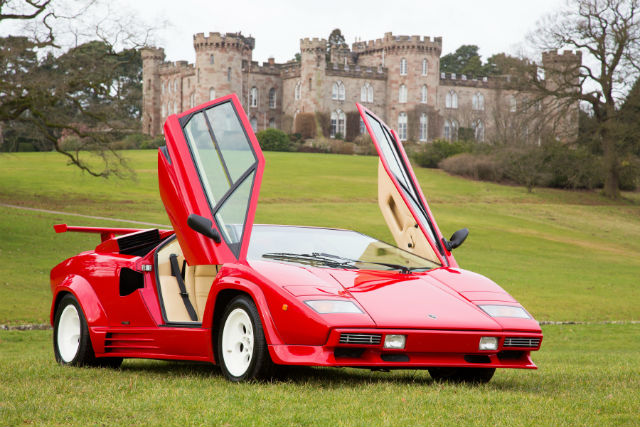
Conversely, the economic magic behind companies like Porsche and Ferrari leans heavily on the supply side; they simply never made that many cars, which means that when markets do heat up, they tend to go for a lot more than they otherwise would.
When shopping for a dream car, consider models from the 80s and 90s rather than something older. They were the ones on the bedroom posters of Gen Xers who are now entering their prime earning years, with models like the Lamborghini Countach the perfect example.
Finally, if you’re hellbent on buying old cars, get as many as you can afford. Like start-up companies, it’s very difficult to tell which ones will take off. Getting lots of different one will at least have all bases covered.



